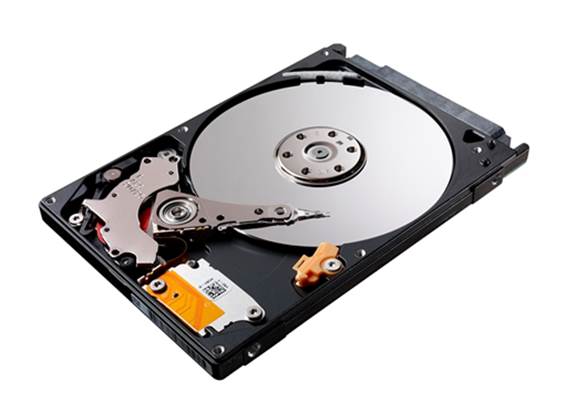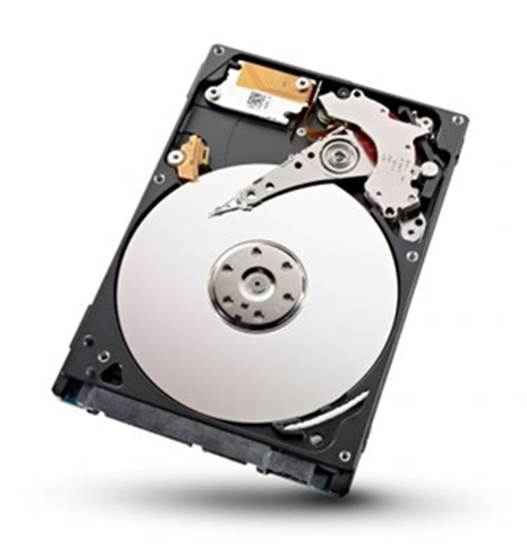Seagate replaces the Momentus XT with
a svelte new hybrid design
We're big fans of the Seagate Momentus XT
concept, which offers some of the performance advantages of an SSD drive for
only marginally more money than a purely physical mechanism. This is a new
variation on that hybrid design (or SSHD: Solid State Hybrid Drive, as Seagate
now calls them) and claims to be the next logical step in mixing flash memory
with spinning discs to deliver better performance.
As the 'Thin' title suggests, the other
major advance is that this unit is just 7mm thick, enabling it to fit into most
ultra-thin laptops designs providing they allow you to change the hard drive.
The larger 1TB laptop version has two platters, making it a slightly chunkier
9.5mm, and Seagate promises 1TB and 2TB desktop drives soon.

Seagate
ST500LM00 Laptop Thin SSHD 500GB
The hybrid technology that Seagate have
employed is very much like the Crucial Adrenaline SSD methodology, where an SSD
is used to cache a hard drive and speed up access. However, this variation on
that theme is packaged as a single product with, in this case, 8GB of Flash
NAND encased with a single 5400RPM physical platter. Seagate has plans to offer
32GB NAND drives on the larger capacity units, making this only the first rung
on that product ladder.
The promise of using the NAND to keep
oft-used information close should be great for performance, but my initial
testing didn't reveal any boost at all. My mistake, and it was an obvious one,
was to treat this like an SSD or a hard drive, where the first running of any
benchmark reveals the good or bad news. This drive doesn't work like that, it
has multiple levels of intelligent caching where data sent to the drive can be
held in super-fast SLC NAND, or slightly slower MLC NAND memory, or passed to
the physical disk, depending on the best performance strategy, when you add the
DDR3 RAM where the data first lived. That's four tiers, and the entire process
is continually adaptive.
For those worried about the lifespan of
NAND memory, the data is always written to the drive at some point, from where
it should be accessible.

For
those worried about the lifespan of NAND memory, the data is always written to
the drive at some point, from where it should be accessible
After I'd realized all this I went back to
the benchmarks and repeated them, with very interesting results. The first test
returns the sorts of speed I'd expect from a 5400 RPM drive with one platter,
about 105MB/s for writing and a little faster for writing. Running the test a
second time bumped the score, and a third time it was at least three times
faster!

If
you've got a laptop that needs to go faster, but you can't afford and SSD, then
this is certainly your best option so far.
I've charted these from data I collected
from PCMark Vantage, comparing them to Seagate's previous hybrid design, the
Momentus XT, and a 7200 RPM Caviar Black.
When you consider the cost here is only
about 50% more than a conventional drive, and it performs like an SSD costing
five times as much, that's amazing value. Using a pure SSD or SSD accelerator
on a conventional drive will get higher scores, but not at this price. What's
truly impressive is the performance that this drive can muster given the
relatively small amount of Flash memory onboard, and because of that I can't
wait to test the 1TB and 2TB models that will have more.
If you've got a laptop that needs to go
faster, but you can't afford and SSD, then this is certainly your best option
so far.
|
Details
·
Price: $90 (Amazon), RRP $150
·
Manufacturer: Seagate
·
Website: www.seagate.com
·
Required Spec: SATA port and SATA power
|